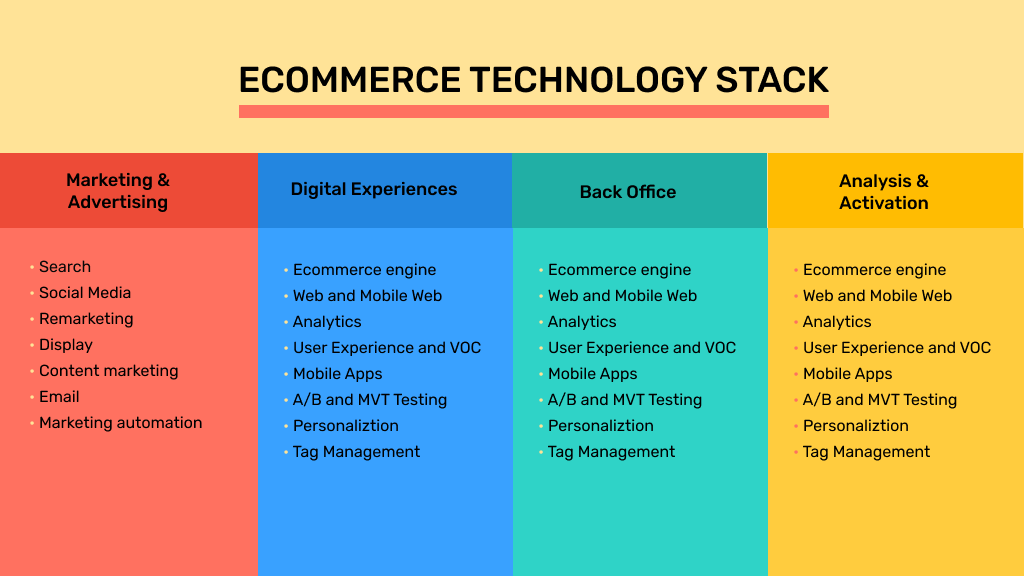Have you set the right expectations when it comes to starting and running an online store? Is it going to be a a smooth journey or a nightmare?
Creating and maintaining a successful e-commerce store is not an easy task. The web is a dog-eat-dog world, and your store can easily be eaten alive before it even has a chance to stand up.
While it is not easy to predict all of the issues that may arise, there are many common problems both large and small e-commerce businesses go through. They are actually part of the growing process.
Let’s take a look at the problems:

When you start your ecommerce business, the first big problem you will face is not having any traffic. Even when someone comes, they leave your website immediately (high bounce rate). Almost no one that comes to your website actually buys something (low conversion rate).
Even if they buy something, you never understand who those people are, what they’ve done, and how they’ve done it because you do not have a tracking system. A good tracker will show you exactly what happens on your site.
Not to say that once your customers buy something, they never come back. And everyone knows that repeat sales (customers) are the ones that make you the most profit.
You are experiencing slow growth because your visitors do not trust you and leave your store to find a more reliable website. No reviews, no trust factor. No sales.
The bigger competition, the higher the cost of acquiring a new customer. That is why the CPA (cost per acquisition) is always growing, and your advertising spending grows.
Once you manage to increase sales, you will need more people to join your business. Management becomes harder and more complex. You get headaches.
Finally, you are on the spiral of growth. Your sales are growing, and your team is growing. Are you sure that your profits are growing too? Let’s give you a hint: bigger sales don’t necessarily mean higher revenue.
At the growing stage, things are getting even more scarier.
Bugs are starting to appear from nowhere. The website begins loading slow. You are investing in fixing the website issues, and the development cost skyrockets.
Your hosting provider calls you to inform you that you have surpassed the plan you’ve bought. So the servers need to be upgraded. The hosting expenses are increasing.
Then the Panda and Penguin come and kill you. Literally. It happened many times before. New changes to the Google algorithm suddenly affect your organic traffic drastically, and you end up making only a fraction of the sales you made a day ago.
The scaling problems become clear. New things are coming out every day. The complexity is killing you.
Security becomes an important part. If the website goes down, you are losing thousands of money. And if it is a Black Friday, then it might be even more.
People are returning their orders, complaining about wrong orders, slow delivery, and incorrect color of the product. People who are taking care of your customer service hide this from you intentionally, and it never gets to your knowledge. Things are going worse.
You are entering a higher league. Your competitors are well-established brands spending a fortune on advertising to outperform you. You are all in the race, constantly reworking things, adding new features and functionalities, upgrade, adjusting your business plan and marketing strategy to stay in the game. Your expenses are increasing. Your margins get tight. Sales are going down.
And if you are not prepared for all this, you will end up shutting down your business.
What to Do?
Everyone who has been in the digital business knows that sooner or later you will have to confront many, if not all of the problems I mentioned.
The good part?
For every one of those problems there is a technology that will help you handle it.
So in the next installments of that series, I will show you all the technologies you need to build an ecommerce business:

You will learn how to arrange your technology stack so that you can handle all those problems; what are the different strategies to use those technologies, and a lot of examples of how they work?

